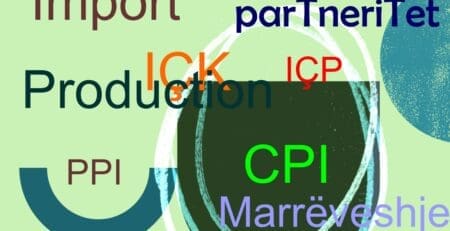Intellectual property and taxation
In view of increased globalization of various industries in particular, technology-based industries such as electronics, multimedia, software and biotechnology, there is a substantial increase in international transfer of products, services, and revenues.
Intellectual Property (IP), in many cases it is one of the most valuable assets of an organization. Choosing the right location for the centralization and management of IP is a very important strategic business decision. The ideal location to establish an IP structure is one that can serve the organization’s business strategies/model, safeguard and protect its IP and contribute to its tax optimization.
One of the critical issues in taxing Intellectual Property (IP) is characterizing the transaction between the IP owner and the user. In general, if the IP owner relinquishes legal title and all substantial rights to the IP for a fixed payment, tax law characterizes the transaction as a sale of the underlying IP.
Actually, the tax policy protect the position that payments contingent on the transferee’s sales or profits are like royalties, because they are spread out over a period of years and give the transferor an continuing interest in the property, and thus should not be given capital gains treatment.
When a multinational enterprise (MNE) group is addressing the development of a new intangible, the subject of determining which member of the group should be the developer or owner of the property often arises. Depending on how the rights and obligations to the parties are structured, the arrangement could constitute a legal relationship such as:
Cost-sharing arrangement
Provision of technical services for a fee
License or sale of existing technology
Partnership
A cost-sharing arrangement is an agreement under which the parties agree to share the costs of the development of one or more intangibles in proportion to reasonably anticipated benefits from their individual exploitation of the interests in the intangibles assigned to them under the arrangement. Under a valid cost-sharing agreement, both a domestic parent and its foreign subsidiary (for example) will incur R&D expenses and both will deduct them to reduce taxable income.
However, if the foreign subsidiary is located in one of the tax havens like Bermuda or the Cayman Islands where the tax rate is zero, the deduction will not arise for the foreign subsidiary.
A cost sharing arrangement involves the joint development and use of intangible property through the agreement by more than one controlled or uncontrolled party to share the costs of the project. However, a different case occurs if an arrangement specifies that one party will provide the research and development (R&D) services for another party, and that the second party will be responsible for the costs and risks and therefore entitled to the project’s benefits. Instead of being a cost-sharing arrangement, it would be a services arrangement under which one party is a service provider and the other is the owner (developer) of the technology.
If the terms of an arrangement are, in effect, that one party agrees to be responsible for the costs and risks of the project and, at the same time, to get a full deduction of incurred R&D expenses of the developed product, but another party agrees to acquire certain rights in the intangible when the development project is complete, the arrangement for the development of technology could be an advance license or sale.
The other party might also agree to make an advance payment to the developer, and payment might be viewed as an advance royalty or purchase price. The form of consideration is non- determinative of whether the arrangement is a license agreement or not. If a transferee of an intangible pays a nominal or no consideration and the transferor has retained a substantial interest in the property, the arm’s length consideration shall be in the form of a royalty, unless a different form is demonstrably more appropriate.
A partnership arrangement (also called a joint venture arrangement) typically involves a joint undertaking to conduct certain joint business activities. The terms of the respective rights and obligations of the partners, or ventures, are established in a detailed partnership agreement.
This is a much less inclusive undertaking than a cost-sharing arrangement, in which participants typically would come together solely for the purpose of jointly developing intangible property, not for jointly exploiting the property once it is developed or conducting any actual business operations. In this sense, a cost- sharing agreement is merely a contract to develop an intangible that each participant will have the right to exploit in its
respective business operations. Under a partnership or joint venture arrangement, however, a separate legal entity is established to conduct the jointly owned enterprise.
How it works the scheme?
- When a MNE parent company files a patent with the domestic intellectual property law, they are entitled to create a trademark.
– The next step is that the MNE parent company sets up an offshore holding company located in a low tax jurisdiction.
– Then, an offshore unit buys stake in the parent’s existing patent before it starts to generate any value. This patent is developed jointly by the parent company and first subsidiary company in the offshore places like Cayman, Bermuda, Cyprus etc. under a cost sharing arrangement.
– Then, the offshore unit licenses intangibles, such as the above-mentioned patent, to second subsidiary company, typically in a third country such as Ireland, Albania, Montenegro etc. which then collects royalties from foreign subsidiaries that sell the parent company’s products to foreign customers.
– Finally, royalties are returned by second subsidiary company to first subsidiary company, which forwards one portion back to the MNE parent and keeps its own portion offshore, which is not subject to MNE’s residence country.
– The benefit of this sort of transaction is the deferral of the transfer of income to a time that is tax efficient for the MNE.
Companies that adopt this strategy typically cut their taxes by between 5% and 25%. This effective tax-planning strategy has been employed by numerous MNE’s.




Leave a Reply
You must be logged in to post a comment.